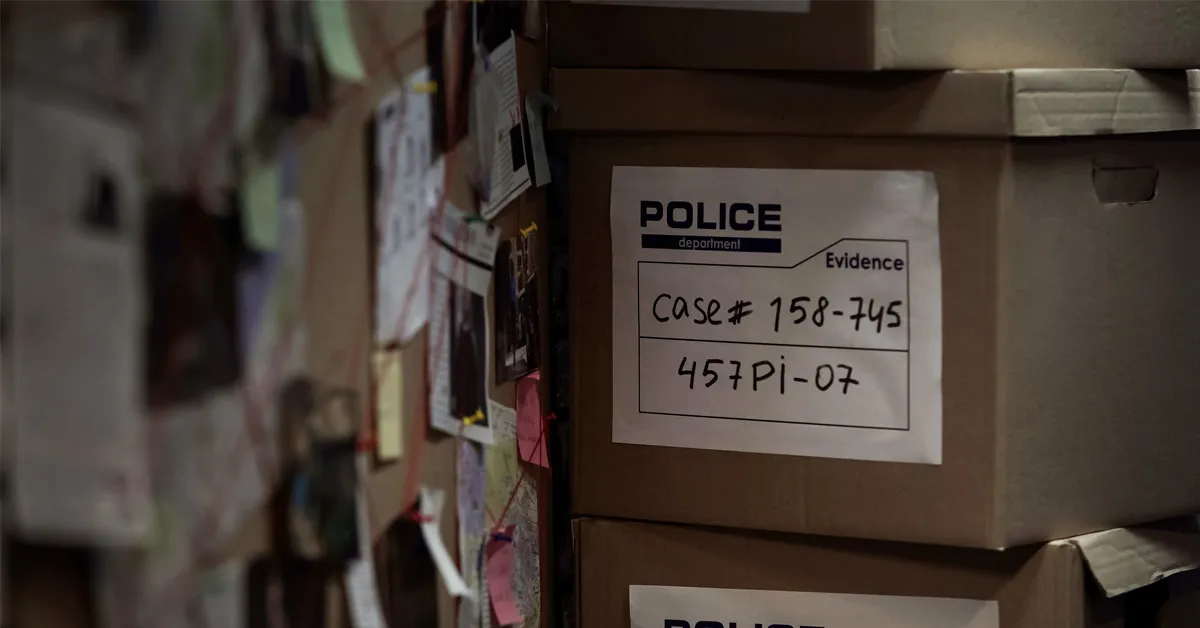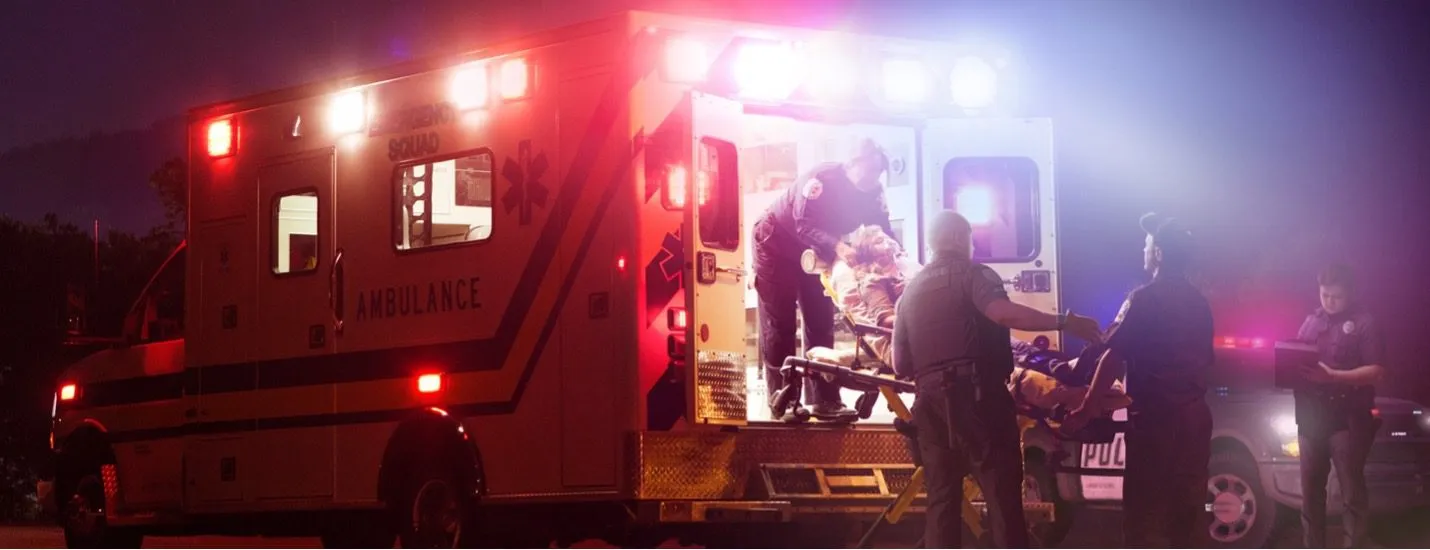
As the opioid crisis worsens law enforcement is increasingly called upon to intervene.
Every day, more than 115 people die after overdosing on opioids.
This public health crisis caused by opioids has transformed into a sweeping epidemic, straining medical resources and frustrating addiction professionals. No families are immune from the devastating effects. Even many in law enforcement have friends and families who have been impacted. On the beat, Officers come face to face with opioid abuse on a daily basis.
How did we get to this point?
How Opioid Abuse Became A National Crisis
Prescription Opioids
Once said to be not highly addictive, opioid painkillers are now known to be powerful gateway drugs. They hook users into a pattern of abuse, leading them down a dark path in search of cheaper, stronger drugs that are easier to access.
But how did they become so widespread?
The answer, according to many experts, is over-prescription. The 1990s exhibited a stark increase in the prescription of opioid pain relievers – and, in parallel, an increase in opioid overdoses. In fact, deaths resulting from heroin rose 469% in the five-year period after 1999.
Heroin
Given 80 percent of heroin addicts were first abusers of prescription opioids, the connection becomes clear – prescription opioids open the door to things much worse.
Statistics indicate that today individuals from every demographic use heroin. Some may find it surprising that the largest reported increases are among women. Heroin is available in all US regions in various forms including, powder, tar, paste, rocks, or pills.
These drugs are supplied by Transnational Criminal Organizations. These are mainly Mexican Cartels who have seized on the opportunity originally created by the prescription opioid epidemic. The DEA reports that the flow of heroin across our southern border will easily continue meeting demand and it seems likely that the low cost and large supply will likely fuel an increase.
The Mexican Cartels have largely succeeded in replacing earlier heroin smuggling routes from South America and Asia. The US Government’s 2017 annual estimate indicates that Mexican Poppy Cultivation (the plant which heroin is produced from) has reached record highs.
The narcotics trafficked by the Mexican Cartels end up in the hands of the local dealers who are members of US-based Drug Trafficking Organizations. These are mainly street and prison gangs that control lucrative drug dealing rings in nearly every city and neighborhood.
Fentanyl
Fentanyl is a synthetic opioid that is cheaper and much more potent, leading to a surge of deaths from fentanyl poisoning. It is often found laced with deadly strains of heroin. Unlike heroin, the drug has some legitimate pharmaceutical use, however, most of the fentanyl contributing to the opioid epidemic is clandestinely produced in China and Mexico and illegally trafficked into the US. It is available mainly in counterfeit pill and powder form. Some of the smuggling of fentanyl takes place via the dark web with the drugs being shipped in parcels while others are smuggled across both our northern and southern borders.
Synthetics have made illicit opioids more accessible, easier to consume, and, ultimately, easier to overdose on, sometimes unwittingly by experienced users.
Overdoses, including fentanyl poisoning, are now becoming a leading cause of death in the U.S. Opioid related incidents contribute to nearly three-quarters of that number. Law enforcement must respond.
Law Enforcement’s Role
Law enforcement interdict drugs and apprehend traffickers at the borders and ports of entry, this responsibility is borne mainly by federal authorities. In state and local jurisdictions, gang and narcotics teams work in coordination to investigate and apprehend dealers.
In instances of fatal overdoses, the police often try to identify and apprehend the dealer responsible for the sale, especially when drugs are laced with deadly synthetics.
But, in today’s society, a police officer serves as more than just an official with the authority to make an arrest.
And the crisis of heroin and fentanyl poisoning and death is bigger than just illegal activity.
So, as is so often the case, the police are being asked to provide more than just enforcement of laws. They find themselves in a dynamic position. They are caught somewhere between cops apprehending criminals, a doctor trying to save someone’s life, and a social worker recommending treatment.
Society has increasingly placed these types of burdens on its police to help solve problems, and right or wrong the opioid epidemic is no exception. Today many agencies have accepted significant added responsibilities not only to enforce laws and protect life but also to contribute to the intervention, education, and recovery of those addicted.
Taking Action
Here are a few recommendations developed by the Police Executive Research Forum to guide you in fighting the opioid epidemic.
Equip Officers with Naloxone
This recommendation tackles law enforcement’s role as a first responder trying to save someone’s life. Naloxone is the leading drug treatment for opioid overdoses, and essentially reverses the effects of an overdose before it turns deadly. It is vital officers are trained to administer it. In addition, police chiefs can call for its distribution within their community in locations where overdoses occur.
Facilitate Treatment for Users
Often, drug addicts who end up in jail for drug possession or other criminal activity as a means to acquire heroin, face withdrawal behind bars and relapse as soon as they’re released. But this doesn’t solve the problem – it perpetuates it.
Using their time in jail, however, as a way to facilitate treatment removes the user from the cycle and allows you to take a proactive role in the community’s recovery. This entails using your credibility as an officer to take a leadership role in developing detox programs for inmates.
Prevent Addiction by Educating the Public
The root of the opioid epidemic, as discussed before, is the addiction to prescription opioid drugs. This means it’s critical to educate the public more vigorously on the risks of prescription painkillers. Law enforcement can use its credibility and take a leadership role in educating the public.
A Collaborative Effort
Solving the opioid epidemic comes down to collaborating with the community.
Despite pressure on law enforcement to battle this epidemic alone, significant change will only occur if public health agencies, social services, and treatment providers work together. And using technology to link these agencies will be key to tackling the opioid crisis.
We understand how the power of technology can often make a difference in law enforcement outcomes. That’s why we built a secure, cloud-based investigation case management software to make cross-agency collaboration not just possible, but simple.
Because when sharing information gets easier, opioid crisis prevention gets easier.





